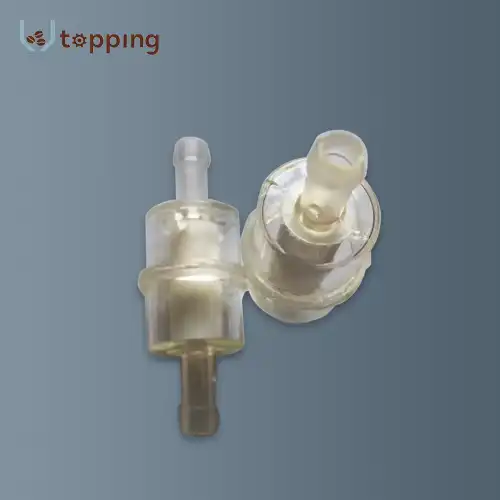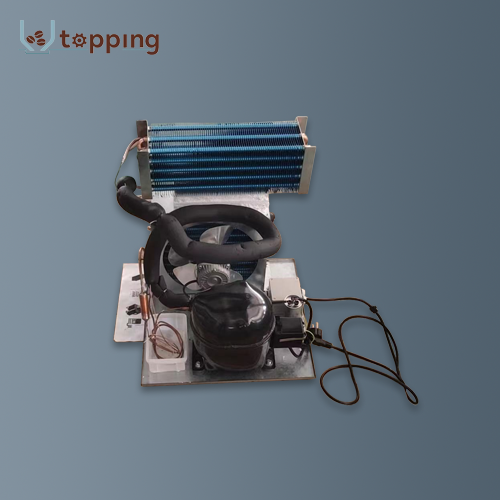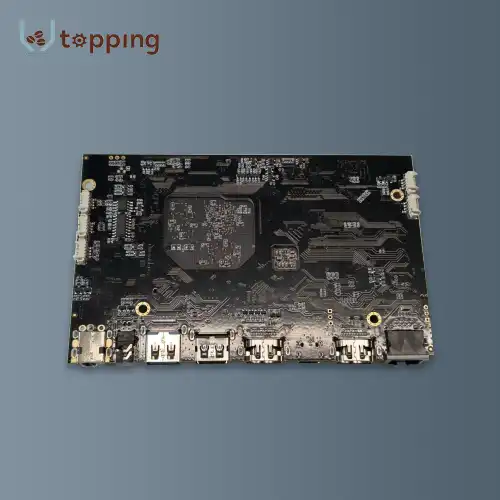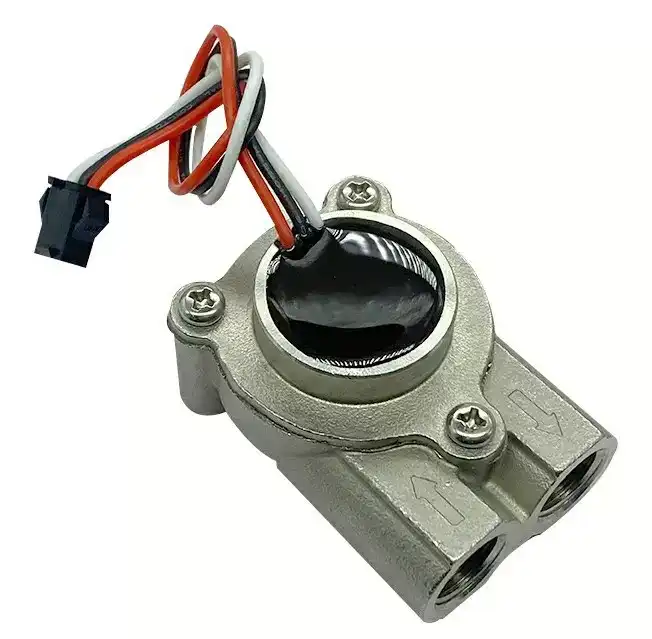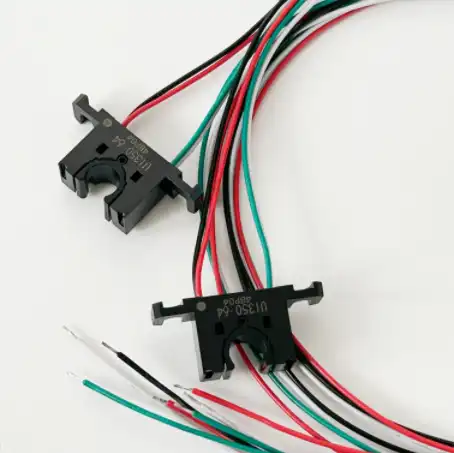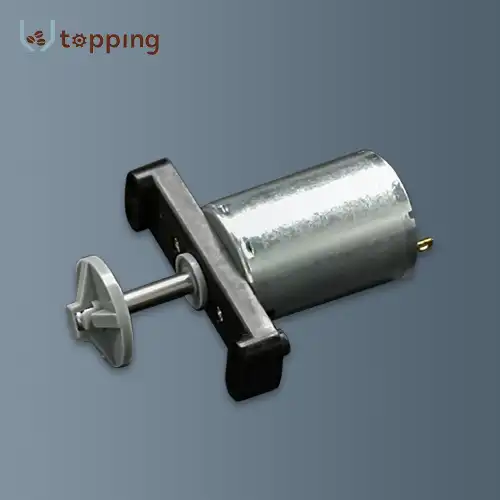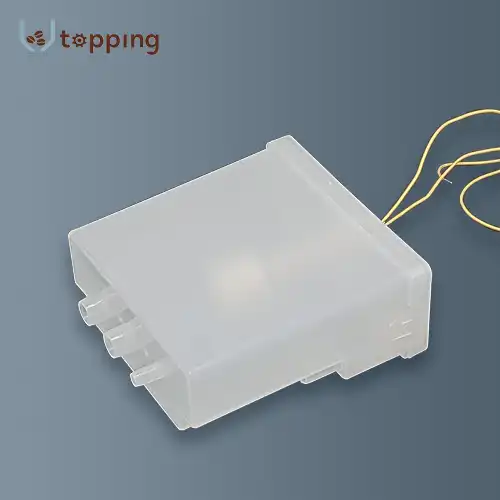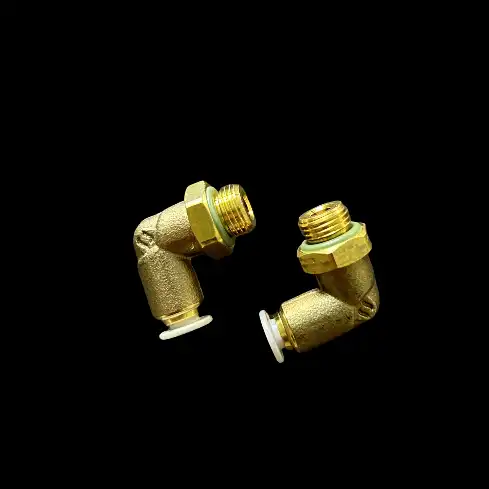How Do You Clean a Plastic Coffee Hopper?
2024-07-01 13:57:14
You must keep your coffee bean hopper clean to preserve the flavor and nature of your coffee. Espresso oils and particles can clump together over time, leading to old flavors and even processor failures. With a spotless plastic espresso container, your machine chugs along as expected and your espresso remains new. In this blog, we will talk about useful tools, effective cleaning methods, and container maintenance.
What Cleaning Tools Are Essential for Coffee Hoppers?
Cleaning a plastic coffee bean hopper requires a few essential tools and materials to ensure thorough cleaning without damaging the plastic. Here are some of the must-have items:
- Soft Brushes: Use a soft-bristled brush to remove coffee particles and oils from the hopper without scratching the plastic surface.
- Mild Detergent: Choose a gentle, non-abrasive detergent to clean the hopper without leaving residue.
- Microfiber Cloths:These cloths are ideal for drying and polishing the hopper, ensuring it remains streak-free and clear.
- Compressed Air: Useful for blowing out any remaining coffee particles from hard-to-reach areas.
- Warm Water:Essential for rinsing and cleaning the hopper thoroughly.
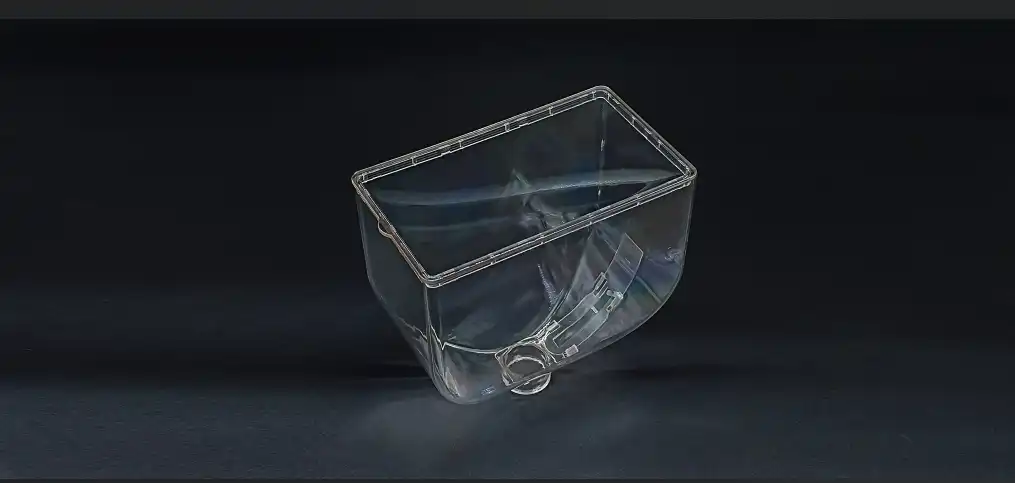
Why Is a Soft Brush Important for Cleaning?
A soft brush is crucial because it can effectively remove coffee residues without scratching the plastic surface of the hopper. Scratches can harbor bacteria and oils, leading to potential contamination and affecting the flavor of your coffee. Brushes with soft bristles can navigate around tight corners and crevices, ensuring a thorough clean.
- Detailing Brush: A small detailing brush can be used for intricate areas, like the edges and corners of the hopper.
- Bottle Brush:For larger hoppers, a bottle brush with soft bristles can clean the interior thoroughly.
How Does Using Mild Detergent Benefit the Hopper?
Mild detergent is essential for cleaning because it effectively breaks down coffee oils and residues without damaging the plastic. Harsh chemicals can degrade the plastic over time, leading to cracks and brittleness. A mild detergent ensures the coffee bean hopper is clean and maintains its integrity.
- Non-Abrasive Formula:Choose a detergent with a non-abrasive formula to prevent scratches and residue buildup.
- Food-Safe: Ensure the detergent is food-safe to avoid any harmful chemicals coming into contact with your coffee beans.
What Are the Signs That Your Hopper Needs Cleaning?
Regular maintenance of your coffee hopper is crucial to ensure the best coffee quality. Here are some signs that indicate it’s time to clean your hopper:
- Oily Residue: If you notice an oily residue on the hopper walls, it’s time for a cleaning session. Coffee oils can become rancid and affect the taste of your coffee.
- Stale Smell:A stale or off smell from the hopper indicates a buildup of old coffee particles and oils.
- Visible Coffee Grounds: If coffee grounds are visible in the hopper, it’s a sign that particles are accumulating and need to be removed.
- Decreased Performance: If your grinder is not performing as efficiently, it could be due to buildup in the hopper affecting the flow of beans.
How Frequently Should You Clean the Hopper?
The frequency of cleaning your coffee bean hopper depends on your usage. However, a general guideline is to clean the hopper:
- Daily for High Usage:If you brew multiple times a day, consider a quick daily clean to prevent buildup.
- Weekly for Moderate Usage:For moderate usage, a thorough cleaning once a week should suffice.
- Monthly for Low Usage: If you use the grinder occasionally, a monthly cleaning is recommended.
Regular cleaning prevents buildup and ensures your coffee tastes fresh every time.
What Is the Step-by-Step Cleaning Process?
Here’s a step-by-step guide to cleaning your plastic coffee hopper effectively:
1. Empty the Hopper: Remove any remaining coffee beans from the hopper.
2. Disassemble the Hopper:If possible, detach the hopper from the grinder for easier cleaning.
3. Rinse with Warm Water: Rinse the hopper with warm water to remove loose particles.
4. Apply Mild Detergent:Add a small amount of mild detergent to the hopper.
5. Scrub with a Soft Brush:Use a soft brush to scrub the interior, focusing on any areas with visible residue.
6. Rinse Thoroughly:Rinse the hopper thoroughly with warm water to remove all soap residues.
7. Dry with Microfiber Cloth:Use a microfiber cloth to dry the hopper completely before reassembling.
8. Use Compressed Air: Optionally, use compressed air to blow out any remaining particles from hard-to-reach areas.
What Are the Benefits of Regular Cleaning?
Normal cleaning of your espresso container keeps up with the nature of your espresso as well as broadens the life expectancy of your processor. Benefits include the following:
- Flavor That Lasts: Cleansing on a regular basis keeps old coffee oils and residues from affecting the flavor of your fresh beans.
- Further developed Processor Execution: The hopper will run smoothly and prevent clogs if the hopper is kept clean.
- Health: Cleaning on a regular basis keeps mold and bacteria from growing, ensuring that your coffee is safe to drink.
How Does Proper Storage of Coffee Beans Affect the Hopper?
Proper storage of coffee beans can significantly impact the cleanliness and maintenance of your hopper. Here are some tips for storing your coffee beans:
- Airtight Containers: Store coffee beans in airtight containers to prevent exposure to air and moisture, which can lead to residue buildup in the hopper.
- Cool, Dark Place: Keep coffee beans in a cool, dark place to maintain their freshness and prevent oils from becoming rancid.
- Small Batches:Only transfer small amounts of beans to the hopper to minimize the time they spend exposed to air.
What Cleaning Schedule Should You Follow?
Establishing a regular cleaning schedule ensures that your coffee hopper remains clean and your coffee tastes great. Here’s a suggested schedule based on usage:
- Daily Maintenance: For heavy daily use, perform a quick clean by emptying the hopper and wiping it down with a dry cloth.
- Weekly Cleaning: For moderate use, disassemble the hopper and clean it thoroughly with mild detergent and warm water once a week.
- Monthly Deep Clean: Even with light use, perform a deep clean by scrubbing all parts of the hopper and grinder once a month.
How to Avoid Common Mistakes in Hopper Maintenance?
Avoiding common mistakes can help maintain the quality and longevity of your coffee hopper. Here are some tips:
- Avoid Harsh Chemicals: Never use harsh chemicals or abrasive cleaners on the plastic hopper, as they can cause damage.
- Don’t Submerge Electronic Parts: Be careful not to submerge any electronic parts of the grinder in water. Only clean the removable hopper.
- Dry Thoroughly:Ensure the hopper is completely dry before reassembling it to prevent mold and bacteria growth.
- Regular Inspections: Regularly inspect the hopper for cracks or wear and replace it if necessary to ensure optimal performance.
Conclusion
Cleaning your plastic coffee bean hopper consistently is important if you have any desire to protect both the exhibition of your container and the nature of your espresso. You can make sure that your coffee stays fresh and tastes good by using the right tools and cleaning it often. Remember to stay away from normal errors and store your espresso beans fittingly to limit buildup development.
References
1. Perfect Daily Grind. (2023). "The Ultimate Guide to Cleaning Coffee Equipment." Retrieved from https://perfectdailygrind.com
2. Coffee Geek. (2023). "How to Maintain Your Coffee Grinder for Peak Performance." Retrieved from https://coffeegeek.com
3. Home Grounds. (2023). "Best Practices for Cleaning Coffee Makers and Grinders." Retrieved from https://homegrounds.co
4. Serious Eats. (2023). "Cleaning and Maintaining Your Coffee Gear." Retrieved from https://seriouseats.com
5. Sprudge. (2023). "Keeping Your Coffee Equipment Clean." Retrieved from https://sprudge.com
6. Bean Box. (2023). "How to Clean and Maintain Your Coffee Maker." Retrieved from https://beanbox.com
7. Blue Bottle Coffee. (2023). "Cleaning Your Coffee Tools: Tips and Tricks." Retrieved from https://bluebottlecoffee.com
8. Coffee Confidential. (2023). "Maintaining Coffee Equipment for the Best Brew." Retrieved from https://coffeeconfidential.org
9. National Coffee Association USA. (2023). "Proper Care and Maintenance of Coffee Equipment." Retrieved from https://ncausa.org
10. Coffee Review. (2023). "The Importance of Clean Coffee Equipment." Retrieved from https://coffeereview.com
Send Inquiry
Related Industry Knowledge
- How to choose the right operating system for Control Board For Vending Machine?
- Vending Machine Cup Dispenser Mechanism
- Are There Eco-Friendly Options for Coffee Vending Machine Spare Parts?
- What are the precautions for maintenance Control Board For Vending Machine under extreme temperatures?
- How Does the Coffee Machine Mixer Influence Beverage Consistency?
- What is the Brewing pressure of the coffee brewing Unit?
- How to Fix Coffee Grinder Motor?
- What Factors Influence Coffee Quality Through Ingredient Canisters?
- Do coffee machines have grinders?
- What does a solenoid valve do in an espresso machine?

